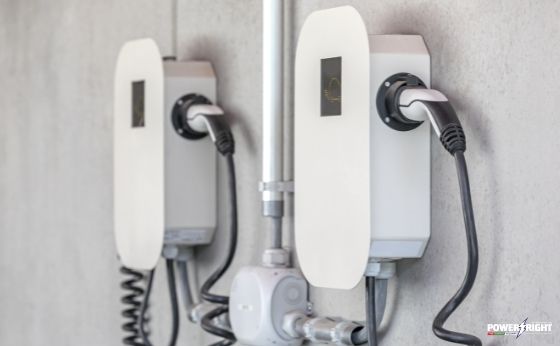
There has been a buzz coming out of the automotive industry lately with more and more car manufacturers introducing new electric vehicles. The Irish Government has committed to carbon neutrality by 2050, encouraging citizens to go electric. More than 900 000 vehicles may be electric by 2030.
There are many reasons for an electric car: EVs are quiet, reliable and smooth. However, most potential EV owners might be concerned about the EV charging process. Most of the time, the best way to fill up your electric vehicle is at home. For this, you will have to install an EV charger. Here are some things you should know about:
There is a wide choice of 32amps wallboxes for home EV charging. The baseline ones are, for instance, EO mini, QUBEV, Rolec, EV Box, ABL. More advanced home chargers that are common in Ireland are Zappi, Wallbox and Ohme.
The prices for a standard unit range from €300 to €400, although tethered EV chargers are usually about €100 more expensive.
If you decided to apply for an SEAI grant and received the Letter of Offer, you have half a year to go through your electric charger installation process. According to SEAI requirements, you can only address a fully qualified electrician registered with Safe Electric Ireland to do this work. Upon completion, you and your electrician should fill out the Payment Request Form.
The cost of installation varies with location. Major cities cost more than rural areas. On average, it should be between €200 to €400. Pay attention if the site survey, certification and grant application are included in the service price.
The site survey can determine if the place meets the baseline electrical schema for you to have the most budget installation. Alternatively, a survey of your property may reveal requirements over and above the standard scheme. Extra requirements will increase cost in terms of hardware, for example:
One of the benefits of having an electric vehicle is never having to stop at the gas station.
However, it is only possible if you have a home car charger installed. We encourage you to contact a reputable chargepoint installer. The professional electrician will survey your house, help you choose the most suitable electric charger and complete the installation. The contractor will also take care of the paperwork. So, that you can get a €600 grant if you are applicable.